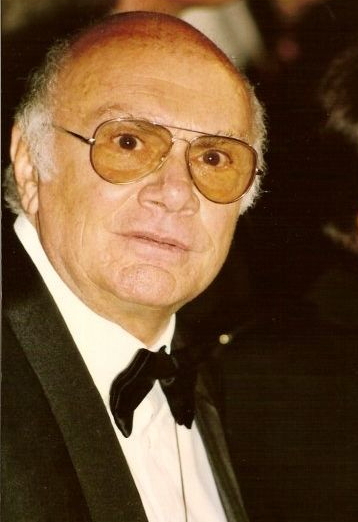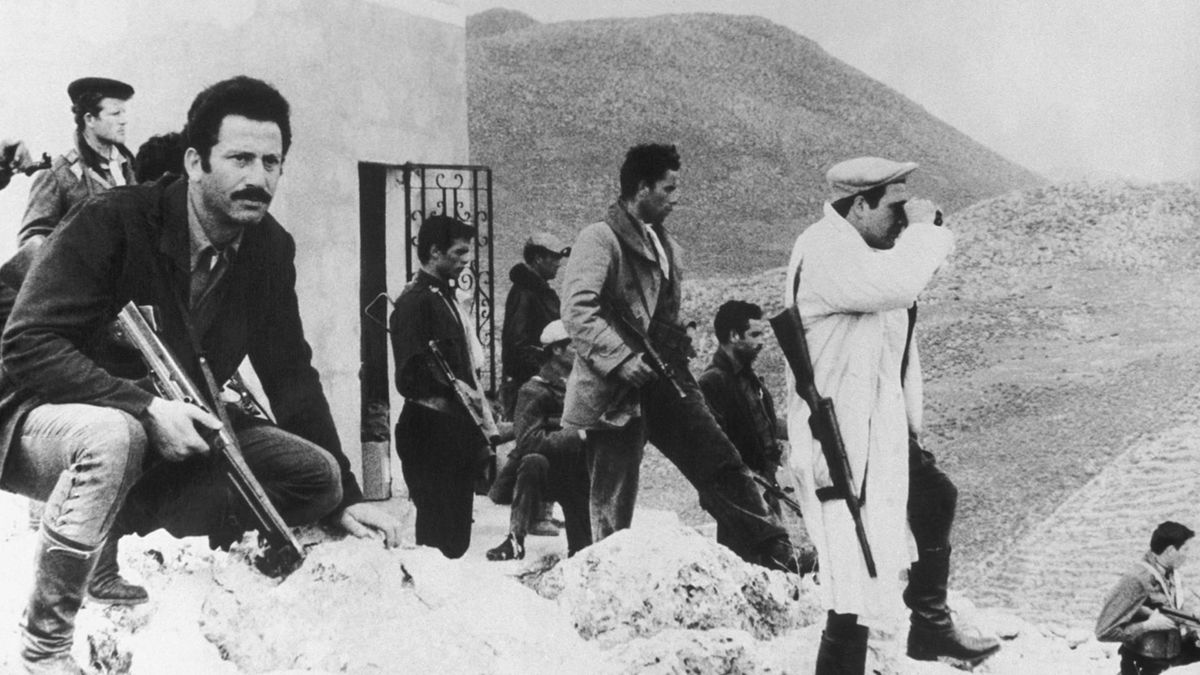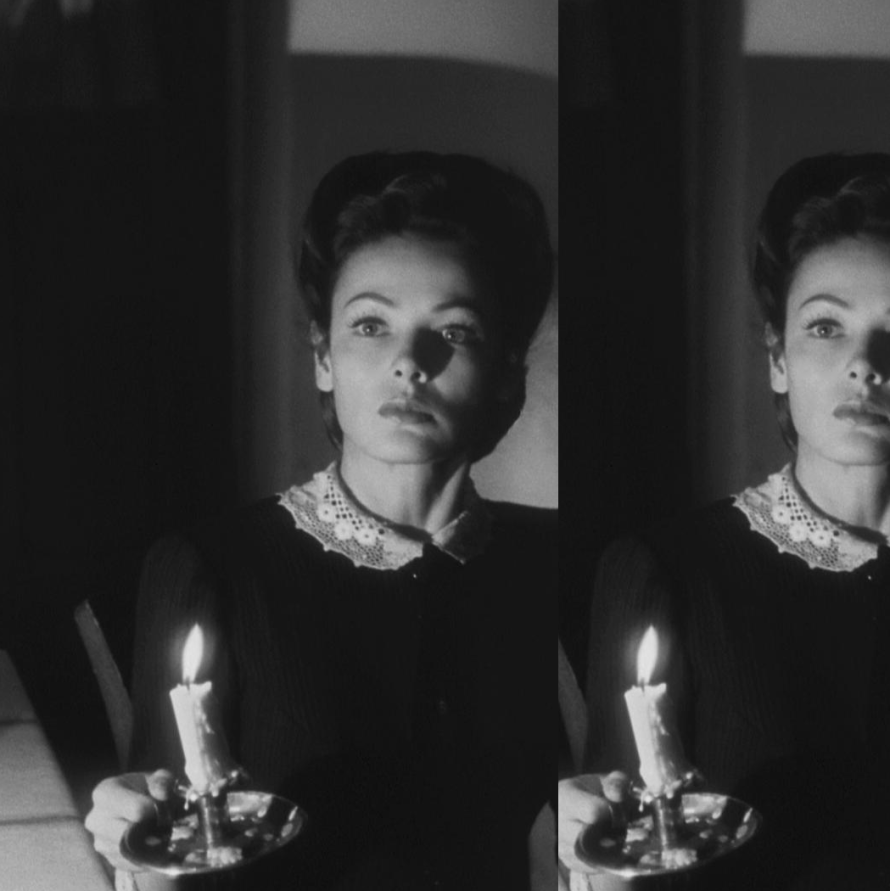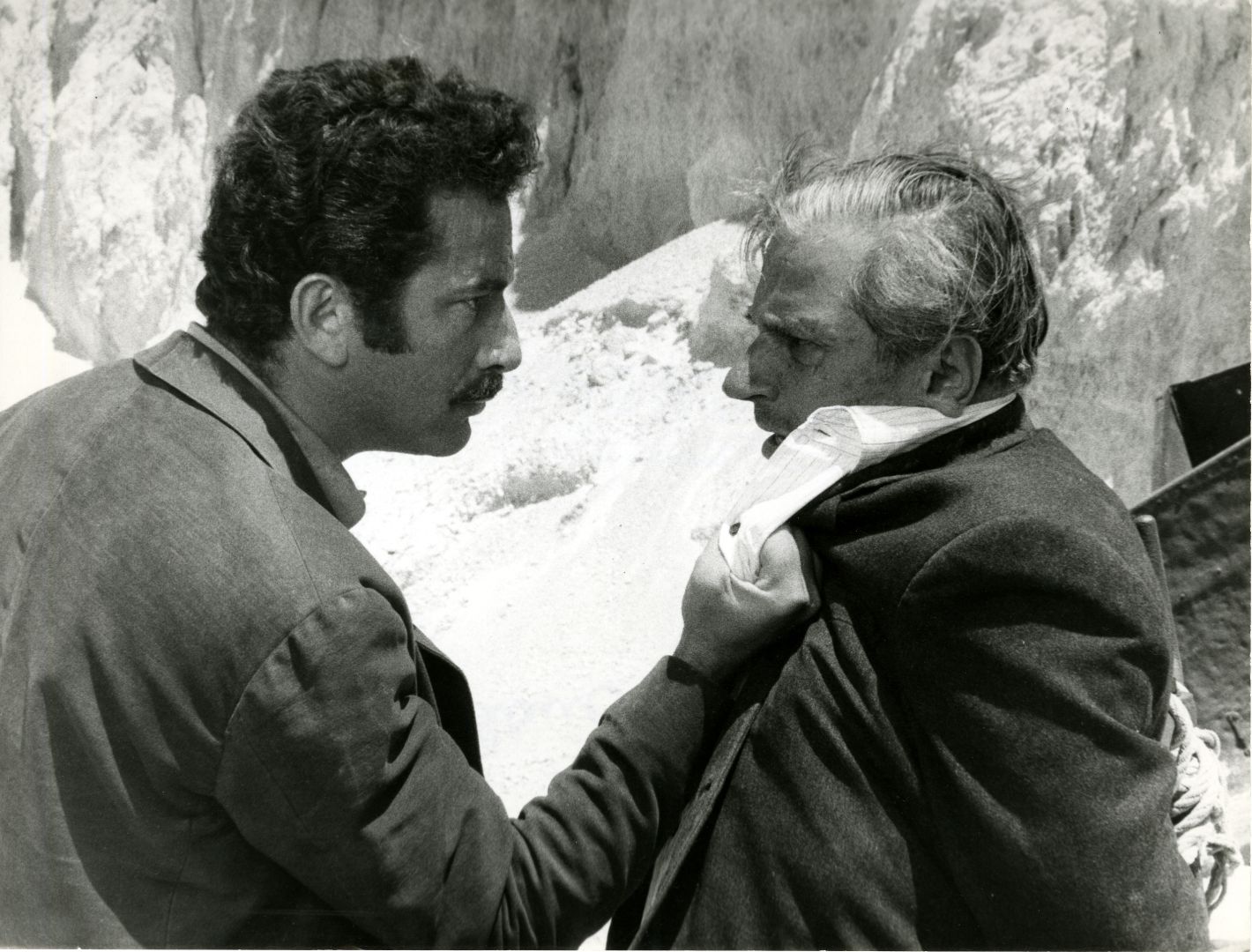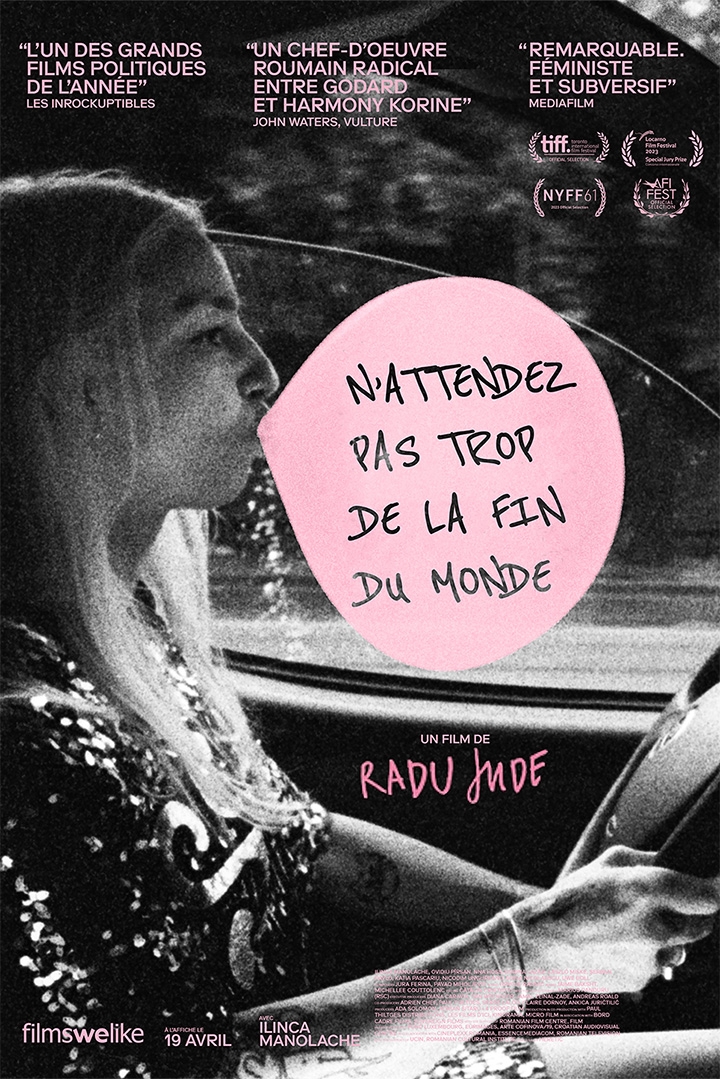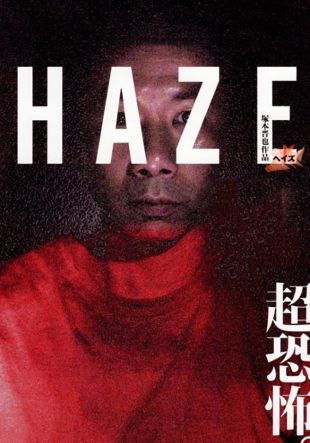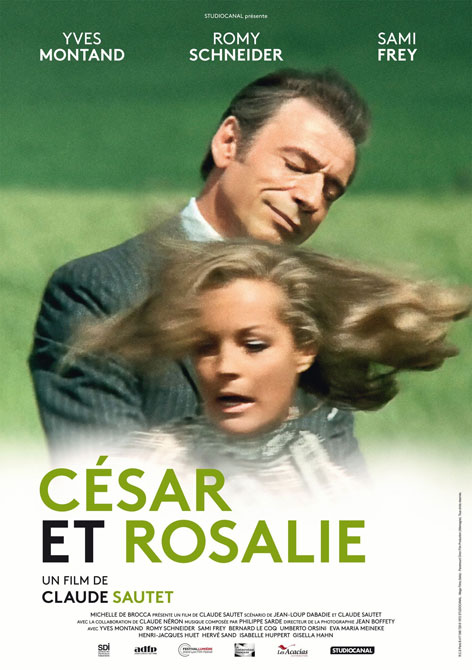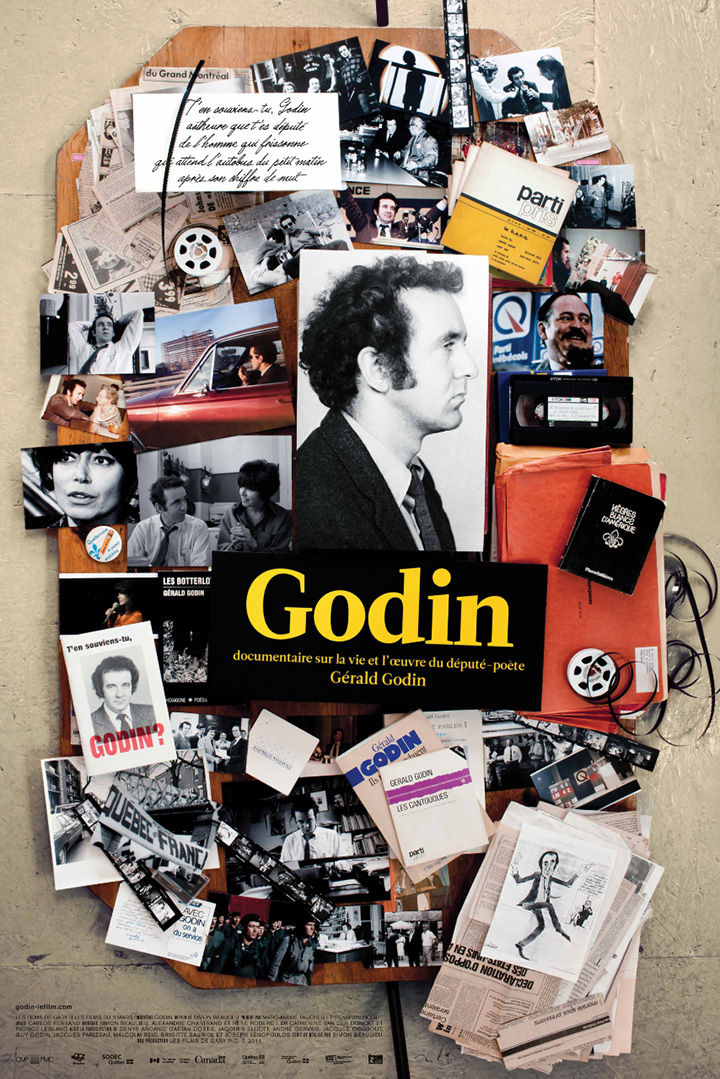Salvatore Giuliano
To introduce the cycle, a lecture by a Mafia historian sets the tone. How does cinema relate to a certain Mafia mythology ? To what degree does it detach itself from it, or portray it in its most complex and troubled aspects ? The answer in fourteen films.
In July 1950, the bullet-riddled body of the notorious Italian bandit Salvatore Giuliano is found in Sicily. Adored by some and hated by others, Giuliano is a complex figure, and the film aims to show, through numerous flashbacks, how his murder occurred in a particular social and political context.
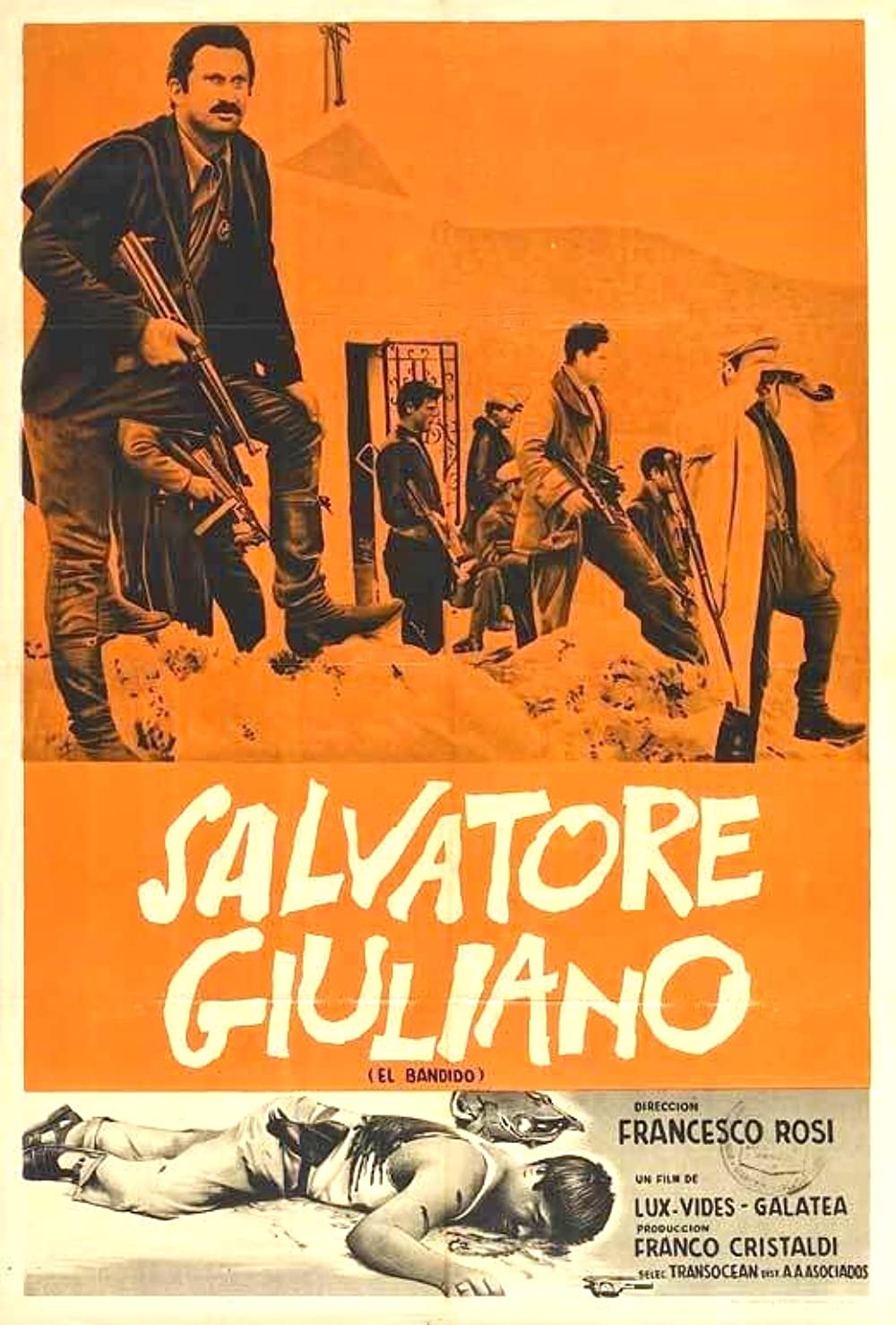
Francesco Rosi
After attending law school during the Second World War, the Neapolitan Francesco Rosi carried out various activities in the 1940s: illustration of children's books, radio serials, plays with Ettore Giannini... He began his film career as an assistant director to Luchino Visconti for La terre tremble (1948). After several contributions as a screenwriter, he made his first films at the end of the 1950s. But it was with Salvatore Giuliano (1961) that the filmmaker refined his style and made himself known beyond borders. He adopts a method close to the investigation, starting from historical figures and extensive research to deliver his political analysis. Rosi has often worked with writers, in particular Tonino Guerra (Uomini contro, Il caso Mattei, Lucky Luciano, Cadaveri eccelenti). In addition to his native Mezzogiorno, he made Spain (which occupied Naples for centuries) a source of inspiration: Il momento della verità, Carmen or Cronaca di una morte annunciata.
